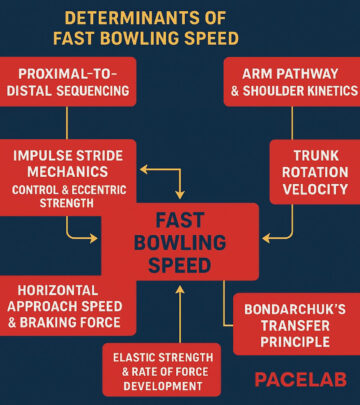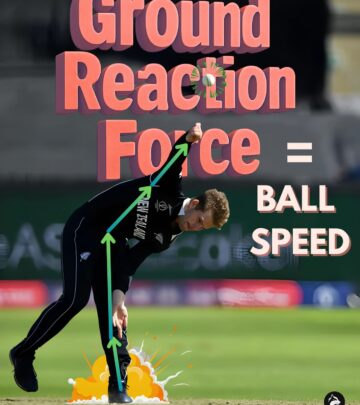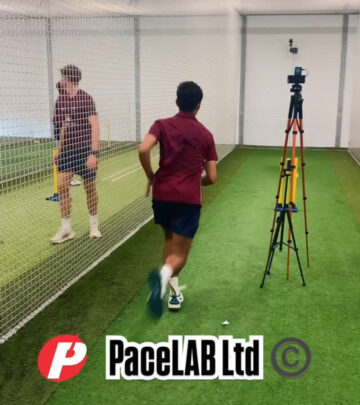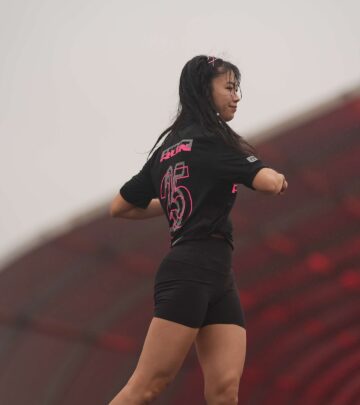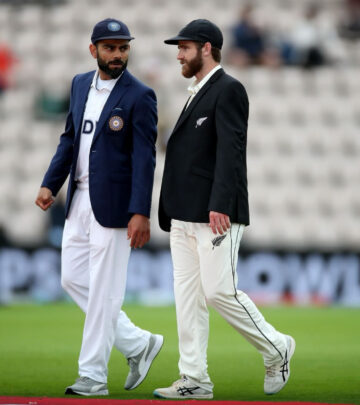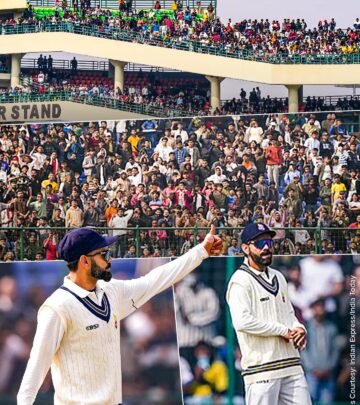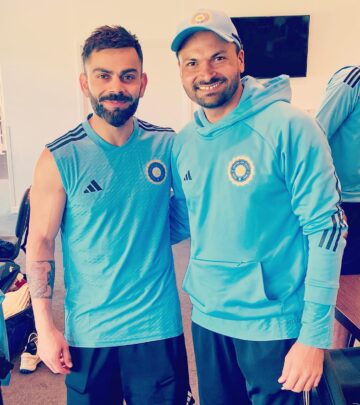Fast Bowling Training: Edge, Recovery & Planning
Using Pacelab insights, elite coaching drives athletes to push limits and rebuild fast!!!
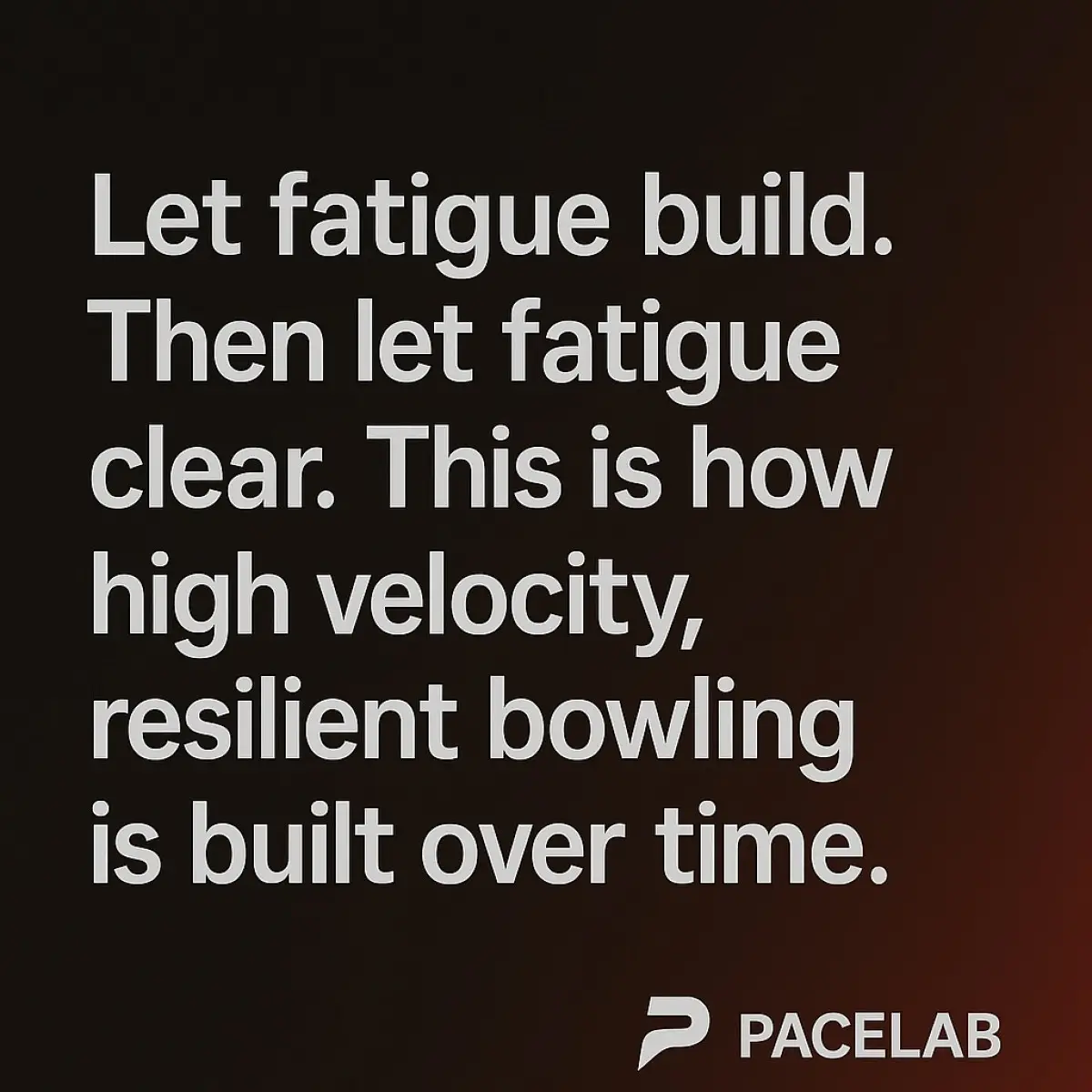
Image: Instagram
In the high-stakes world of fast bowling, every fraction of a second counts. A recent post by PACE LAB Limited reminds athletes and coaches alike that a carefully mapped-out training plan can be the difference between peak performance and fatigue-induced decline. The succinct motto, “Planning is everything – take yourself to the edge and then recover harder,” encapsulates the rigorous yet smart approach that fast bowlers must adopt to excel.
Training Approach
The philosophy behind the PACE LAB Limited system is straightforward. Coaches design regimens where athletes are pushed to their maximum limits, only to be taught how to recover efficiently. This cycle of intense exertion followed by deliberate recovery is not just about preventing injury—it’s about building a sustainable pathway to increasing speed and endurance over time. Steffan Jones, a prominent figure in fast bowling training, has been vocal about these principles, emphasizing that the journey to consistent peak performance is carved out through meticulous planning and controlled overload.
A close look at previous insights shared on social media reveals that the PACE LAB system places a premium on the biomechanics of fast bowling. For instance, in one notable post, the club detailed how swing leg retraction and front leg blocking are critical for energy transfer during the delivery stride. The emphasis is on not only generating raw pace but also on ensuring that the kinetic chain is reinforced during high-load phases. This technique ensures that bowlers land in a stable, pre-tensed position that minimizes energy leak, thereby optimizing ball speed. It’s a message that resonates in the simple yet powerful quote: “Take yourself to the edge and then recover harder.”
Technique Breakdown
The structured approach adopted by PACE LAB Limited extends beyond mere physical exertion. It is a comprehensive training philosophy that incorporates detailed biomechanical analysis and individualized performance profiling. Steffan Jones, whose expertise shines through both his Instagram presence (@steffanjones105) and his practical coaching sessions, frequently highlights that every athlete possesses a unique neuromuscular fingerprint. This necessitates bespoke training interventions, where scientific measurements such as load-velocity profiling are employed to tailor workouts.
Recent breakdowns of PACE LAB’s methodology indicate that even the minute details, like the timing of the impulse stride and the exact moment of front leg extension, are scrutinized. Such technical mastery is not achieved overnight but through deliberate, data-driven sessions. Fast bowlers under this regime learn to manage excessive fatigue by balancing high-intensity sessions with recovery protocols that include eccentric, isometric, and tendon-driven exercises. This targeted regime has led to marked improvements in not only ball speed but also overall stability and injury reduction.
Recovery Strategy
Integral to this high-intensity approach is the recovery phase. According to the training principles shared by PACE LAB Limited, recovery is not a period of inactivity but a strategic phase where athletes regroup, refuel, and mentally prepare for the next bout of exertion. The adage “recover harder” is a direct call to never underestimate the power of structured downtime. Recovery sessions are designed to reinforce the technical adjustments made during peak performance while mitigating the risks associated with overtraining.
This dual emphasis on overload and recovery is consistent with the philosophy that planning ahead is essential. The PACE LAB system’s clear messaging — articulated in its daily quotes on social media — serves as a timely reminder to athletes: strenuous workouts are only as effective as the recovery methods that follow. In practice, elite fast bowlers have integrated flexible yet precise routines that alternate between high-stress and recovery days. This not only supports the neuromuscular system but also ensures that fatigue is managed intelligently, preventing the onset of detrimental overtraining.
Over the years, observations from training camps and exclusive sessions have confirmed that even subtle improvements in recovery techniques lead to significant performance gains. Whether it’s through nutritional planning, optimized sleep schedules, or guided recovery drills, every detail is part of the larger strategy to extend a bowler’s career longevity and on-field effectiveness.
Integration With Modern Coaching
Adding to the discussion, past posts have also showcased the importance of integrating these advanced training methodologies with real-world coaching. Steffan Jones and his peers in fast bowling coaching circles have been furiously innovating on traditional training methods. With a focus on precision and scientific measurement, every training session is both an art and a science. By interfacing modern biomechanics with time-tested techniques, the PACE LAB approach ensures that fast bowlers remain competitive even as the game evolves.
In conclusion, the mantra “Planning is everything” has never been more relevant. With a system that champions pushing physical boundaries and a recovery plan that rebuilds strength, fast bowlers are well poised to overcome fatigue and consistently deliver high-speed performances. As coaches like Steffan Jones continue to advocate for smart, evidence-based training, the future of fast bowling looks not only faster but also fundamentally more resilient.
Ultimately, the PACE LAB Limited system is a clarion call to every athlete: success lies in the fine balance between exertion and recovery. In today’s competitive sports environment, where every millisecond matters, structured planning is the game changer that can elevate raw talent to world-class performance.
Read full bio of Joyce



